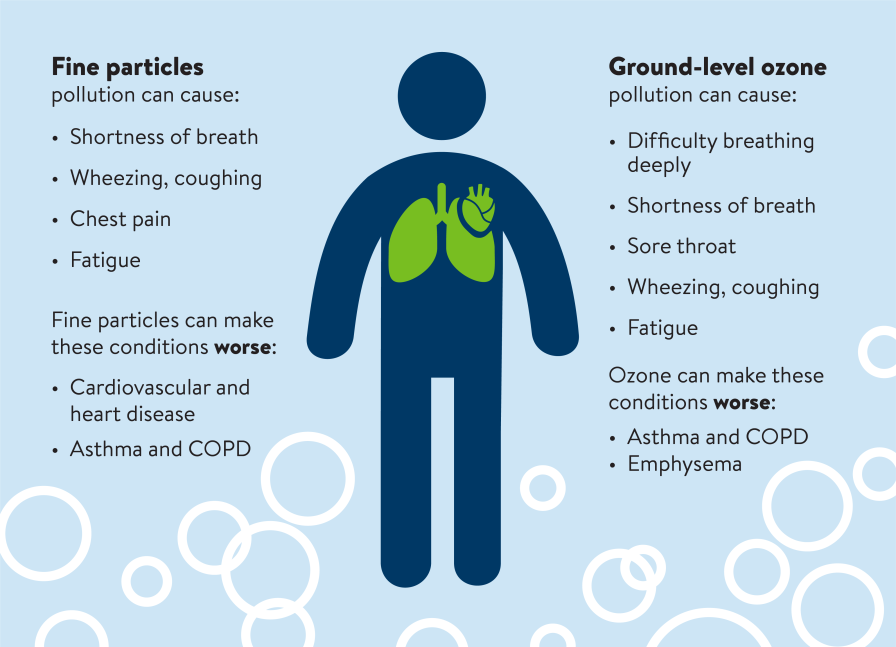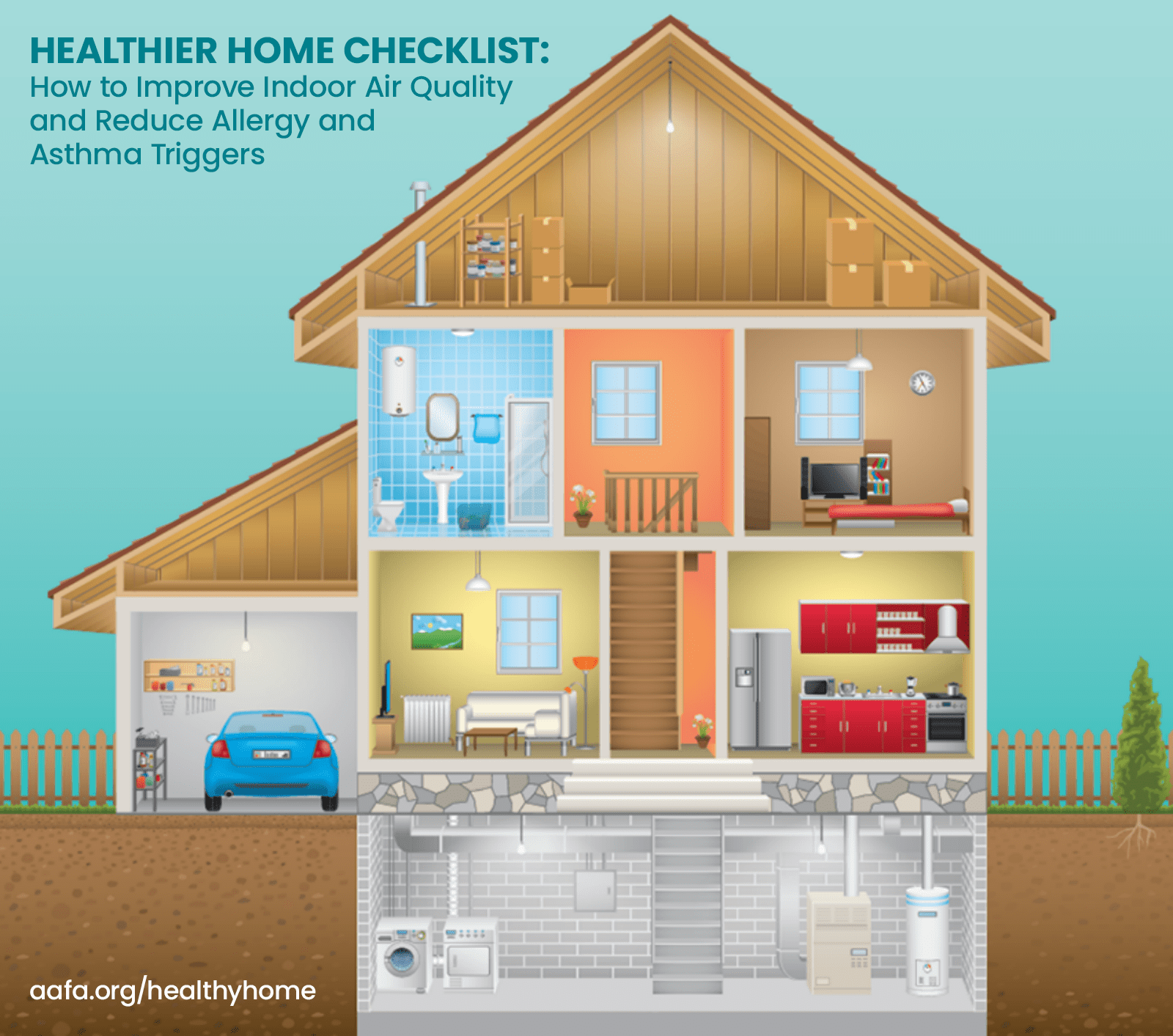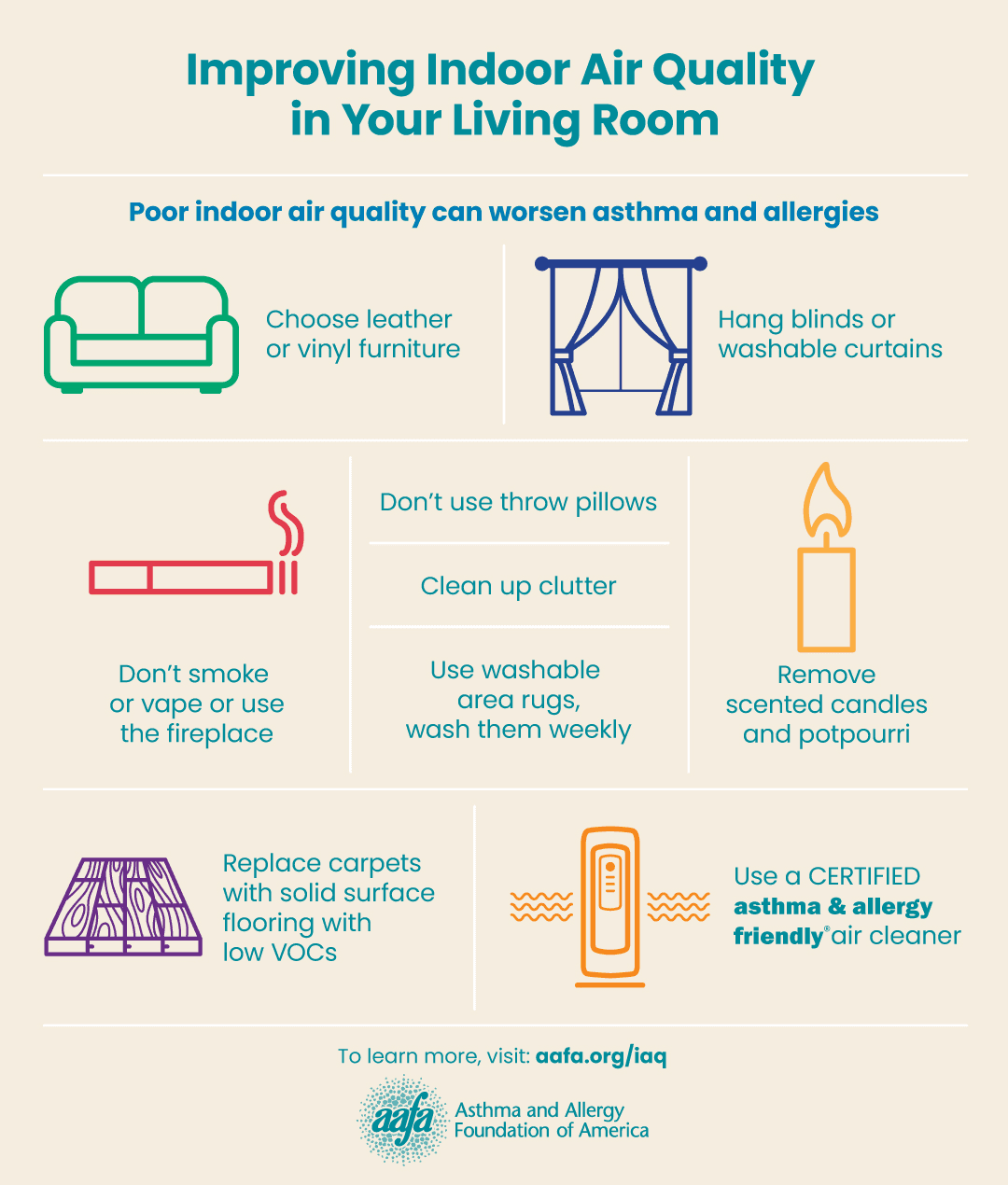Improving air quality is essential for people with asthma. Clean air helps reduce asthma symptoms and flare-ups.
Asthma affects millions, making breathing a daily challenge. Poor air quality can worsen their condition, leading to frequent attacks and discomfort. Thankfully, there are ways to improve air quality at home and outside. Understanding these methods can make a significant difference in the lives of asthma sufferers.
This blog will explore practical steps to enhance air quality, providing relief and a healthier environment. Whether it’s through simple changes at home or adopting new habits, these tips will help you breathe easier. Stay with us as we dive into solutions for better air quality for those with asthma.

Credit: www.ankitparakh.com
Identifying Common Triggers
Understanding what triggers asthma symptoms can improve air quality for individuals with asthma. Identifying common triggers helps in managing and reducing exposure. Here, we explore indoor allergens and outdoor pollutants, two primary contributors to poor air quality for asthma sufferers.
Indoor Allergens
Indoor allergens are common triggers for asthma symptoms. Dust mites, pet dander, and mold are frequent culprits. Dust mites thrive in bedding, carpets, and upholstered furniture. Washing bedding in hot water weekly reduces dust mites.
Pet dander can trigger asthma symptoms. Regular grooming and cleaning can help. Mold grows in damp areas like bathrooms and basements. Keeping these areas dry and using a dehumidifier can control mold growth.
Outdoor Pollutants
Outdoor pollutants can also worsen asthma. Pollen, smog, and vehicle emissions are significant triggers. During high pollen seasons, staying indoors with windows closed can help. Using air conditioning can filter out pollen.
Smog and vehicle emissions are more prevalent in urban areas. Checking air quality reports and limiting outdoor activities on high pollution days can protect asthma sufferers. Wearing a mask can also reduce exposure to pollutants.

Credit: www.pca.state.mn.us
Maintaining Clean Indoor Air
Maintaining clean indoor air is crucial for people with asthma. Clean air helps reduce asthma symptoms. It also improves overall health. There are several effective methods to achieve clean indoor air. Let’s explore some of them below.
Regular Dusting
Dust can trigger asthma symptoms. Dust regularly to reduce allergens. Use a damp cloth to trap dust. Avoid dry dusting as it spreads particles. Clean surfaces, furniture, and shelves. Don’t forget hard-to-reach areas. Dusting weekly can make a big difference.
Using Air Purifiers
Air purifiers help remove pollutants. They filter out dust, pollen, and pet dander. Choose a purifier with a HEPA filter. HEPA filters capture tiny particles. Place purifiers in commonly used rooms. Bedrooms and living rooms are good options. Run the purifier for several hours daily. It will significantly improve air quality.
Optimizing Ventilation
Optimizing Ventilation can significantly improve air quality for people with asthma. Better ventilation helps to reduce indoor pollutants and allergens. Proper airflow can make a huge difference in the comfort and health of asthma sufferers. Below are some effective methods to optimize ventilation.
Natural Ventilation
Natural ventilation involves the use of outdoor air to ventilate a space. This method is cost-effective and environmentally friendly.
- Open windows and doors: This allows fresh air to circulate. It can remove indoor pollutants quickly.
- Use cross-ventilation: Open windows on opposite sides of a room. This creates a natural airflow that helps to flush out stale air.
- Install vents: Roof and wall vents can improve air circulation. They allow hot air to escape and cooler air to enter.
Mechanical Ventilation
Mechanical ventilation uses fans and other systems to circulate air. This method can be more effective in controlling air quality.
- Exhaust fans: Place these in kitchens and bathrooms. They remove moisture and pollutants from the air.
- HVAC systems: Ensure your heating, ventilation, and air conditioning system is well-maintained. Regular maintenance can reduce dust and allergens.
- Air purifiers: These devices can filter out particles like dust and pollen. Choose one with a HEPA filter for best results.
Both natural and mechanical ventilation methods are important. Combining these can create the best indoor environment for asthma sufferers.

Credit: aafa.org
Controlling Humidity Levels
Controlling humidity levels is essential for people with asthma. High humidity can trigger asthma symptoms and make breathing difficult. By managing humidity, you can improve indoor air quality and create a healthier environment.
Using Dehumidifiers
Dehumidifiers help reduce moisture in the air. This can prevent mold growth and dust mites, both of which are asthma triggers. Place dehumidifiers in damp areas like basements and bathrooms. Regularly empty the water tank and clean the filter to ensure efficient operation.
Here are some benefits of using dehumidifiers:
- Reduces mold and mildew
- Decreases dust mites
- Improves air quality
Make sure to choose a dehumidifier suitable for your room size. Follow the manufacturer’s instructions for best results.
Proper Bathroom Ventilation
Bathrooms are often humid due to showers and baths. Proper ventilation can help reduce this humidity. Install an exhaust fan to remove moist air from the bathroom. Run the fan during and after showers to keep the air dry.
Additional tips for bathroom ventilation:
- Open windows if possible
- Use a squeegee to remove water from walls
- Keep the door slightly open after a shower
Good ventilation in the bathroom is key to preventing mold growth. This can greatly benefit people with asthma.
Choosing Asthma-friendly Products
Improving air quality at home is essential for people with asthma. Choosing the right products can make a significant difference. In this section, we will discuss hypoallergenic bedding and non-toxic cleaning supplies.
Hypoallergenic Bedding
Investing in hypoallergenic bedding can help reduce asthma triggers. Dust mites, pet dander, and other allergens often hide in bedding. Choosing the right bedding can reduce exposure to these allergens.
- Mattress covers: Look for covers that are dust mite-proof and allergen-resistant. These covers create a barrier against allergens.
- Pillows: Use hypoallergenic pillows made from synthetic materials. Avoid feather pillows as they can trap allergens.
- Sheets and blankets: Choose tightly woven fabrics. Wash bedding in hot water weekly to kill dust mites.
Hypoallergenic bedding can improve sleep quality. It can also reduce asthma symptoms.
Non-toxic Cleaning Supplies
Many cleaning supplies contain harsh chemicals. These chemicals can trigger asthma symptoms. Using non-toxic cleaning supplies can help maintain better indoor air quality.
| Product Type | Recommended Ingredients |
|---|---|
| All-purpose cleaner | Vinegar and water |
| Glass cleaner | Alcohol and water |
| Floor cleaner | Castile soap and water |
Using non-toxic cleaning supplies ensures fewer irritants in the air. This can help reduce asthma attacks and improve overall health.
Reducing Exposure To Smoke
Reducing exposure to smoke is crucial for people with asthma. Smoke irritates the airways and can cause severe asthma attacks. To improve air quality, focus on creating smoke-free environments and using smoke detectors.
Creating Smoke-free Zones
Establish smoke-free zones in your home and workplace. This means no smoking indoors. Also, avoid burning candles or incense. These can release harmful particles into the air. If guests visit, ask them to smoke outside. This keeps the indoor air clean.
In public places, choose smoke-free restaurants and hotels. Many cities have strict no-smoking policies. Support these places to maintain a healthier environment. Educate family and friends about the importance of smoke-free zones. Their support makes a big difference.
Using Smoke Detectors
Install smoke detectors in every room. They alert you to smoke before it becomes dangerous. Test them monthly to ensure they work. Replace batteries at least once a year.
Consider smart smoke detectors. These can send alerts to your phone. They provide extra safety when you are not at home. Remember, a small investment in smoke detectors can save lives and improve air quality.
Monitoring Air Quality
Monitoring air quality is crucial for people with asthma. Knowing the quality of the air you breathe can help you avoid asthma triggers. This can significantly improve your quality of life. Let’s explore some effective ways to monitor air quality.
Using Air Quality Monitors
Air quality monitors are handy devices. They measure pollutants and provide real-time data. These devices can detect harmful particles like dust, pollen, and smoke. By using them, you can take immediate action to improve indoor air quality. Place these monitors in frequently used areas of your home. Regularly check the readings to stay informed.
Staying Informed About Outdoor Air Quality
Outdoor air quality can change quickly. Use reliable websites and apps to track the air quality in your area. These tools provide updates and alerts. They help you plan your outdoor activities. Avoid outdoor exercise on days with poor air quality. Close windows and doors to keep outdoor pollutants from entering your home. This can help keep your indoor environment safe for people with asthma.
Lifestyle Changes
Making lifestyle changes can significantly improve air quality for those with asthma. Simple adjustments can lead to better breathing and fewer asthma symptoms. Focus on adopting a healthy diet and regular exercise to enhance overall well-being and air quality.
Healthy Diet
A healthy diet plays a crucial role in managing asthma. Eating fresh fruits and vegetables can reduce inflammation. Foods rich in antioxidants help protect the lungs. Omega-3 fatty acids found in fish can also support lung health. Avoid processed foods and those high in sugar. They can worsen asthma symptoms. Staying hydrated is equally important. Drink plenty of water to keep airways moist and clear.
Regular Exercise
Regular exercise can strengthen the respiratory system. Walking, swimming, and cycling are excellent choices. These activities help improve lung capacity. Breathing exercises can also be beneficial. They teach you how to control your breathing effectively. Always warm up before exercising. This prepares your body and reduces the risk of an asthma attack. Exercise indoors during high pollen seasons. It helps avoid allergens that can trigger symptoms.
Frequently Asked Questions
How Can I Improve Indoor Air Quality For Asthma?
Improving indoor air quality involves using air purifiers, maintaining clean carpets, and reducing humidity. Avoid smoking indoors and use natural cleaning products.
What Are The Best Air Purifiers For Asthma?
The best air purifiers for asthma include HEPA filters. They remove 99. 97% of particles, including allergens.
Can Houseplants Help Improve Air Quality?
Yes, certain houseplants can improve air quality. They absorb pollutants and increase oxygen levels in your home.
Are There Specific Cleaning Products For Asthma?
Yes, natural and fragrance-free cleaning products are better for asthma. They reduce exposure to harsh chemicals.
Conclusion
Improving air quality helps people with asthma breathe easier. Simple steps make a big difference. Clean your home often to remove dust and allergens. Use air purifiers for better indoor air. Choose asthma-friendly cleaning products. Avoid smoking indoors and keep windows closed during high pollen seasons.
Regularly change HVAC filters for cleaner air. Educate family members about asthma triggers. These actions create a healthier environment for everyone. Better air quality means fewer asthma attacks and a happier life. Start making changes today. Your lungs will thank you.
Rakib Sarwar is a Registered Pharmacist and a reputed health and wellness blogger. He has a great interest in Air purifiers.
